What do I need to buy and do before bringing my new puppy home?
There are a number of factors to consider when bringing a new puppy home. This is not just a “Petshop Puppy Shopping List”, but more a combination of insightful tips, useful advice and things to consider based on my experiences.
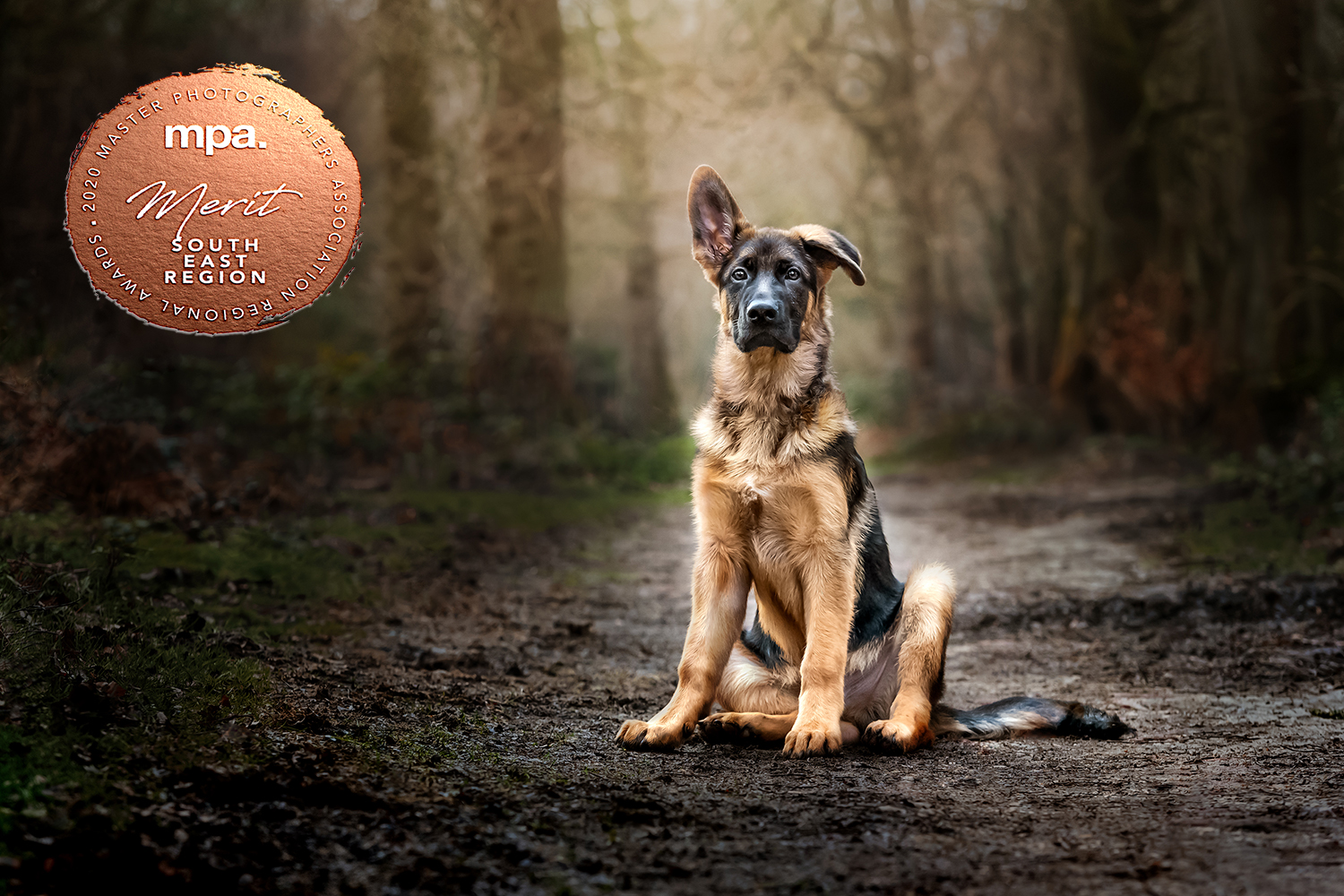
Collection
How will you bring your puppy home and how will you manage the journey?
Firstly, consider the size your puppy will be when you collect them. A small dog carrier can be zipped up safely, but if you have extra pairs of hands which I would highly recommend and your puppy is quite large, then a cardboard box with high sides will suffice and puppy can be safely held in there whilst awake. Ensure you collect a blanket from the puppy’s mother to put in the carrier. These are often supplied as part of the breeder’s puppy pack. Consider how long your trip back to your home will be. Will you need to make a toilet stop for puppy? If so bring puppy pads or newspaper to put down at the service station as they shoudn’t be walking around on unknown territory at this age. Ask about feeding times in advance and work out if puppy will need a feed or some water on the way back. Bring bowls and plan ahead for food ( see later.)
Have spare blankets, puppy treats, puppy pads for the box or carrier just in case. Water wipes are great if puppy gets messy. Consider a small cuddly toy for the box.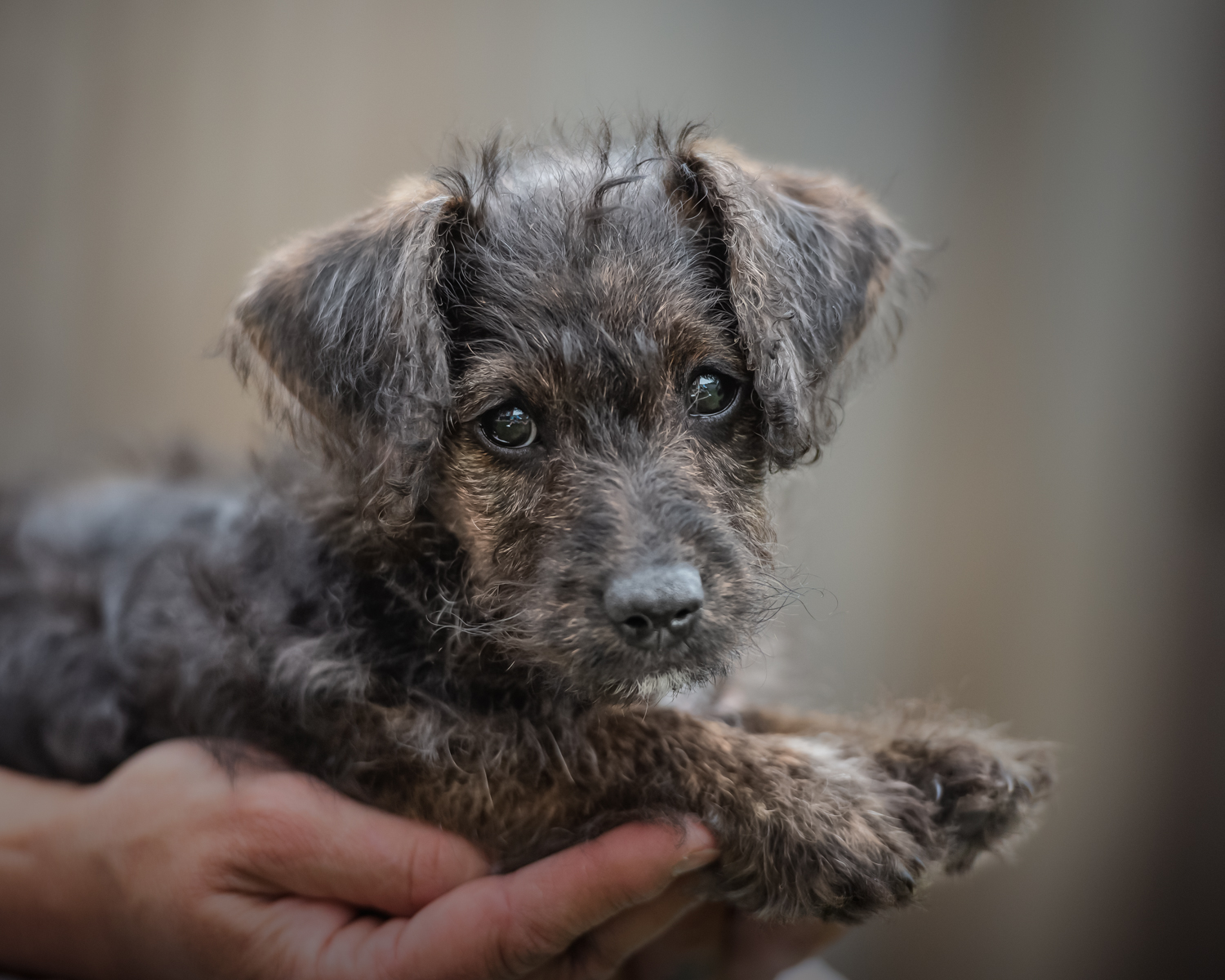
Feeding
What do I need to consider for those first couple of weeks?
What I have learnt over the years is that feeding dogs is a minefield. There is the raw diet (pre bought or your own), kibble (dog biscuits meant to contain everything they need) , or cooked meat for dogs. Then there is grain free, organic, hypoallergenic…… The list goes on. Breeders may take different views from your vets. You may take a different view as time goes on. My advice is: DO NOT LET IT OVERWHELM YOU AT THE OUTSET!
In an ideal world, stick at the beginning to what puppy has been on since he has been weened off his mum. Check in advance that the breeder will supply some of this ( especially important for the journey home if it coincides with a meal time), otherwise bring your own. Make sure you have ordered enough of this to keep you going for the first fortnight or so as you won’t want to worrying that you are going to run out in these early days.
It goes without saying that the food you choose should be for puppies, as they are growing fast and have sensitive tummies. Do not be tempted to give your puppy too many treats, particularly in the first instance. You want to avoid sickness and upset tummies promise me!! Again whatever you do buy, make sure it’s suitable for their age and compatible with their main food ( for eg raw fed puppies will ideally be looking for natural meat treats).
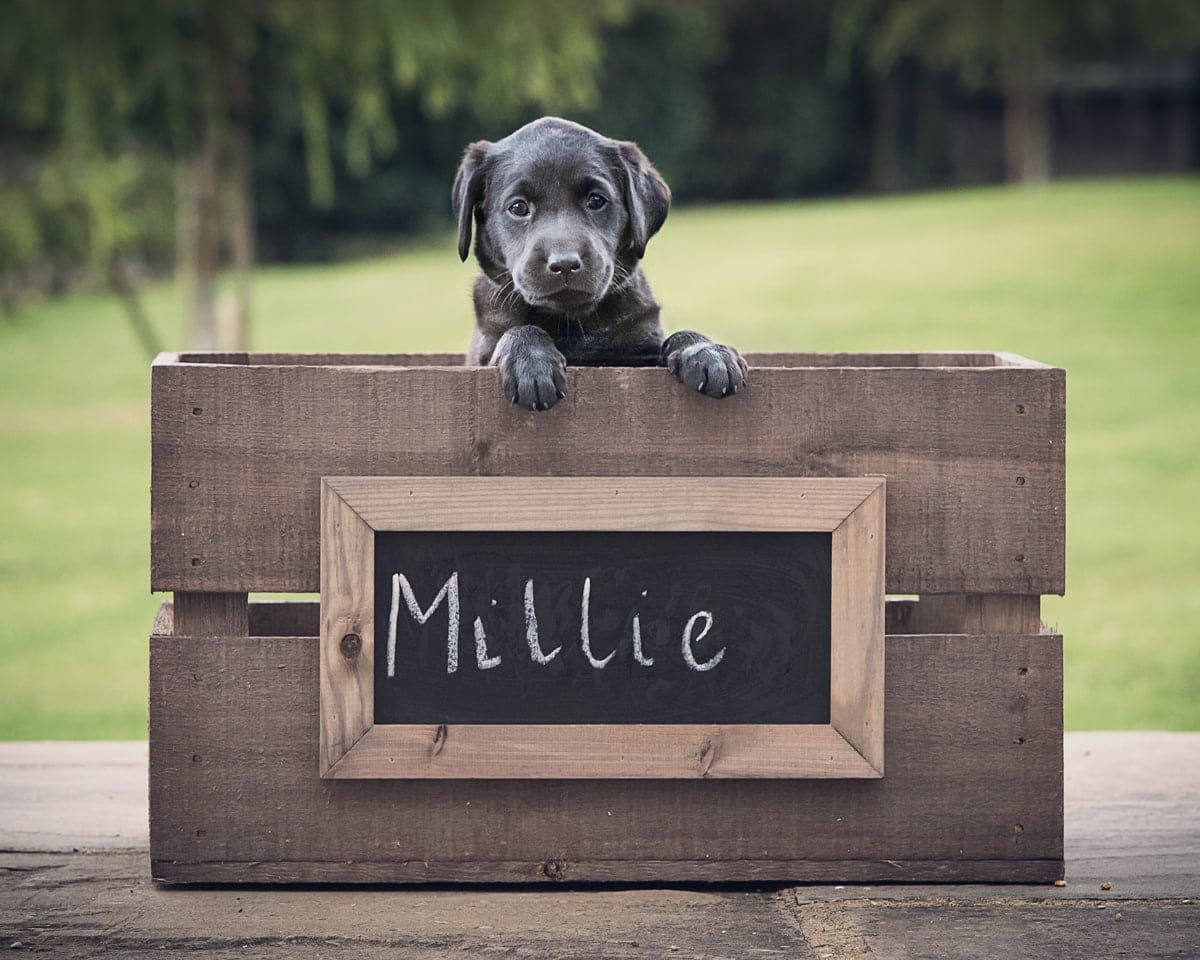
Nightime
Where will my puppy sleep?
Crates have become very popular over the years, giving puppies a safe place to call their own both day and night. We have both a retriever who is 9 and a Rhodesian Ridgeback, 2 and they both still sleep next to each other in separate crates. We found that if it is introduced from the beginning, it becomes part of your dog’s bedtime routine which is super important for a peaceful lifestyle. There is a lot of debate on where to put the crate, what size to get and what to put in it, whether to close it or not at night, whether to come to your puppy if she cries in the night……It goes on and on and on and I will leave that for you to investigate and make your own mind up – I will however tell you a little about our experiences……Bare in mind our pups were a good size due to their breeds and did not have any health issues.
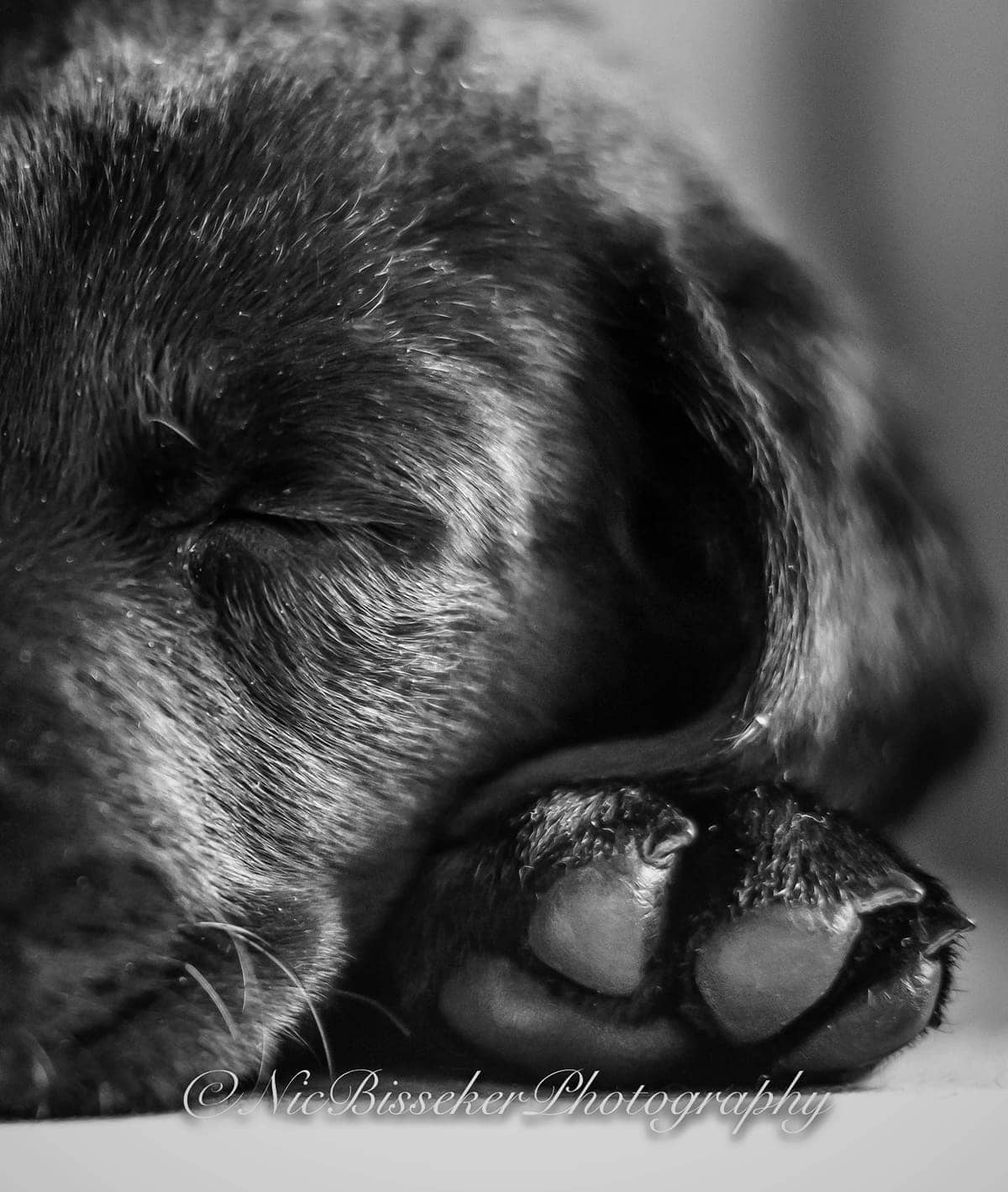
Establish an evening routine
Puppies sleep A LOT. They have spurts of energy and then just pass out!!! The trick is to try to ensure they are up for some play time before you wish to put them to bed! This can be easier said than done especially in the winter when it warm and snuggly in the lounge. If you persevere it will help them settle when you put them to bed.
With our first pup we left the crate open and constructed a baby play pet around the area which we covered with newspaper. We spent the first few nights on the sofa in the same room and when we could bare that no longer due to constant crying becasue they knew we were there we went to bed as usual. We stayed up later than normal and got up earlier to maximise the chances of any mess and tried coming down once a night.
We found that our first pup messed his paper every night, both number ones and lots of number twos!! He would then tread it everywhere and by the morning there was a rather large cleaning job to do each day! After a few weeks we closed his crate and the number twos stopped.
When we got our second puppy we decided to close the crate door and although she wasn’t dry for a while she rarely if ever messed her crate. We also didn’t sleep downstairs at any stage or come down in the middle of the night. Instead we kept Vetbed inside the crate and put some puppy pads at the side. Vetbed is wonderful for them to sleep on- any wetness soaks through so your pup stays dry and it washes easily and dries quickly. Have a couple spare and do not get stressed needing to wash it regularly. Our second pup seemed to take a while to be dry at night – at least a few weeks. Feeding her in the crate helped a bit, but some of it was just time. Try to ensure they toilet just before bed if possible and that you rush them outside first thing in the morning even if you suspect they have already been in their crate. That way they will get used to the routine that they are meant to go the moment they get up. Your ideal situation is that they are ready for a big number one the moment you open their crates and take them outside ( more on this later.)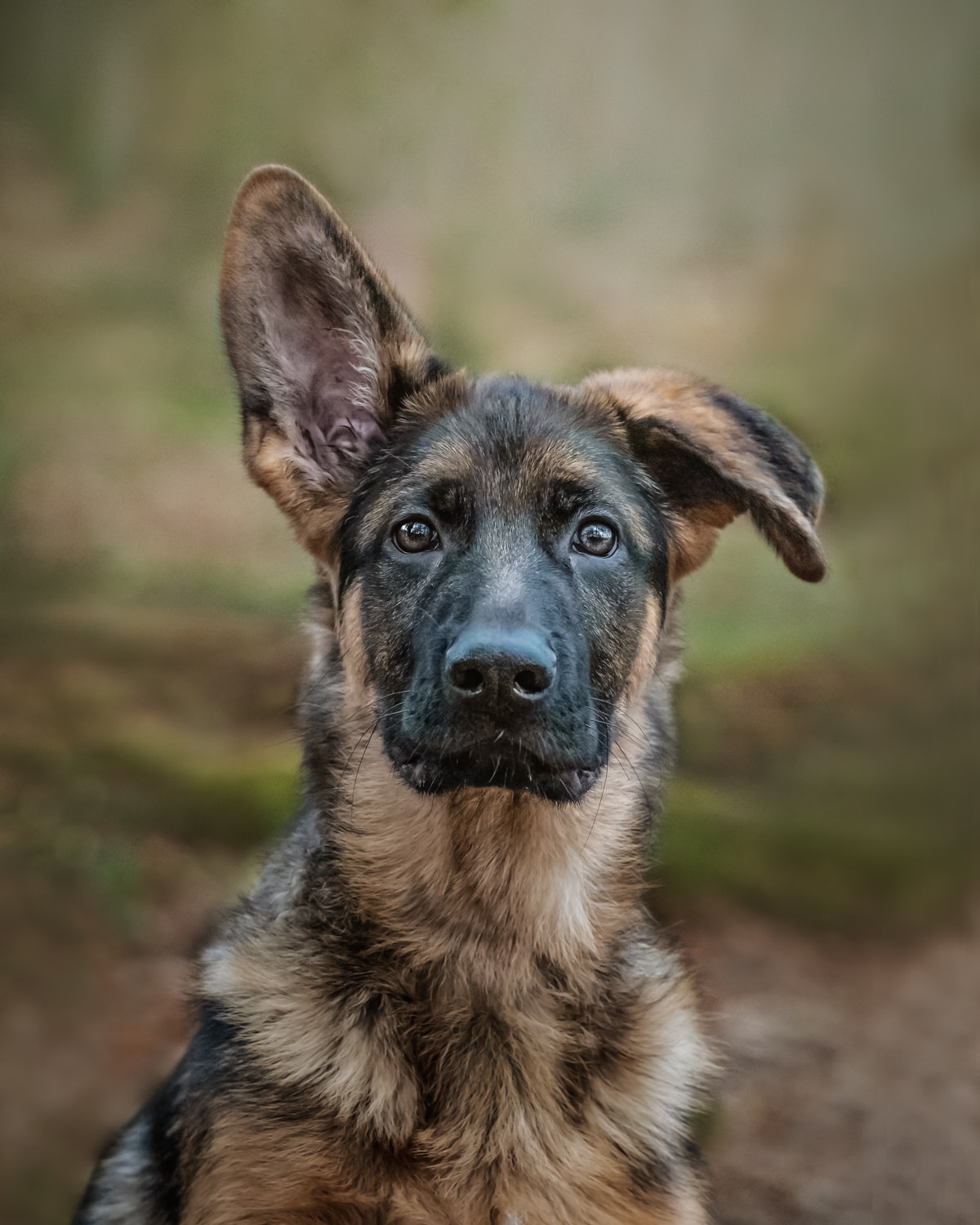
The legal part
Register with a vets before getting your puppy
It is a very good idea to have pre-registered your puppy with a local vet. Ask around and use Facebook for recommendations. It will speed up the process if you bring your pup home and there is an emergency. Your puppy should have had vet checks already and (usually) its first set of vaccinations. They may also be chipped already. Give them a call if you are unsure about anything at all. Most dogs tend to be vaccinated and therefore you will need to make an appointment for them to have their second set of injections at 3 months and before that stage guidance is generally to avoid public areas and other dogs that haven’t been vaccinated. Some owners choose not to vaccinate their puppies going to natural based methods instead but that is a whole different topic!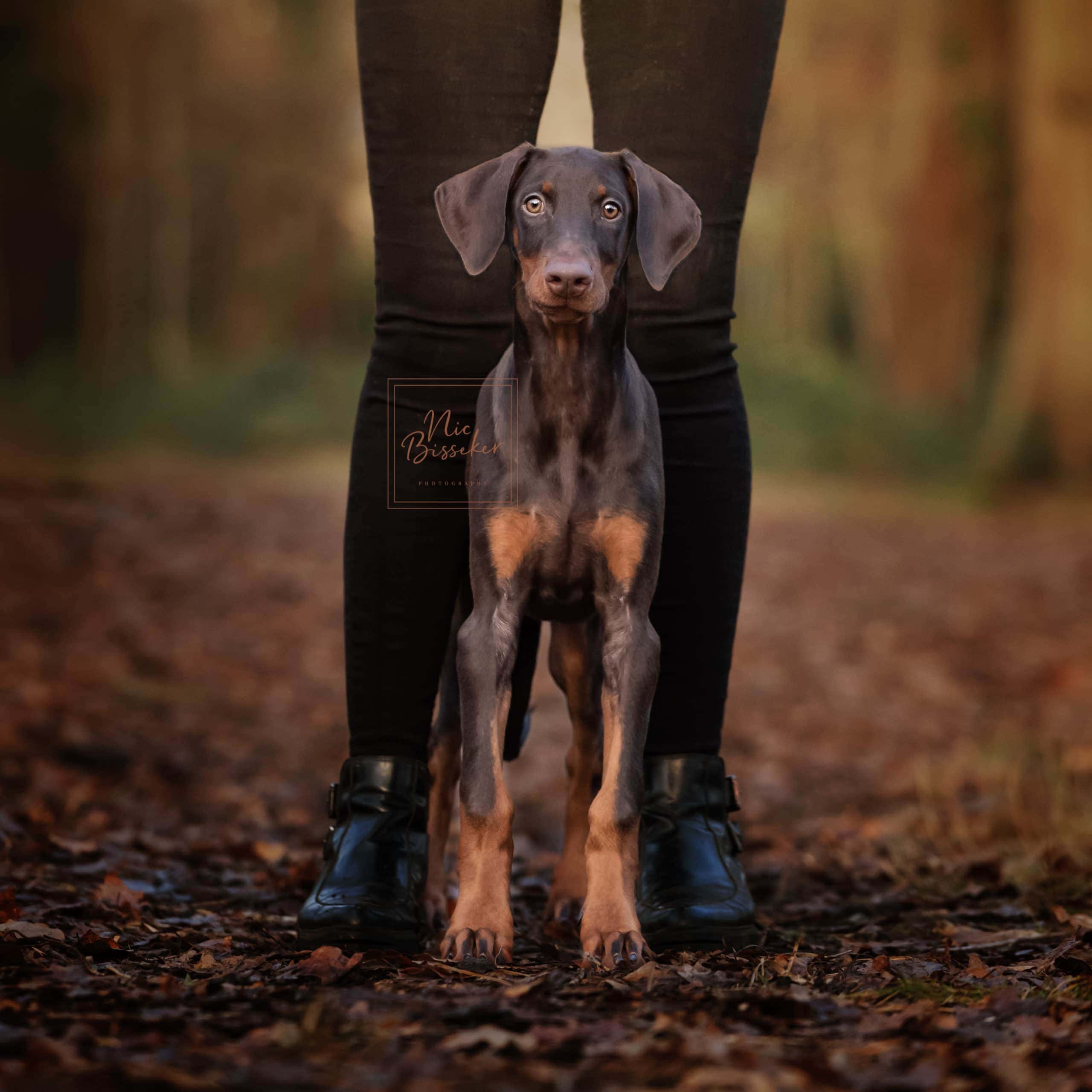
Identification
It is a legal requirement for your puppy to have been microchipped and registered by 8 weeks of age and, when in a public place to wear a collar with an ID tag, with the owner’s name and address (including postcode) on it. A phone number is optional but I would highly recommend a mobile. Be sure to contact thePet Chip Registry and change the details from the breeder to your own.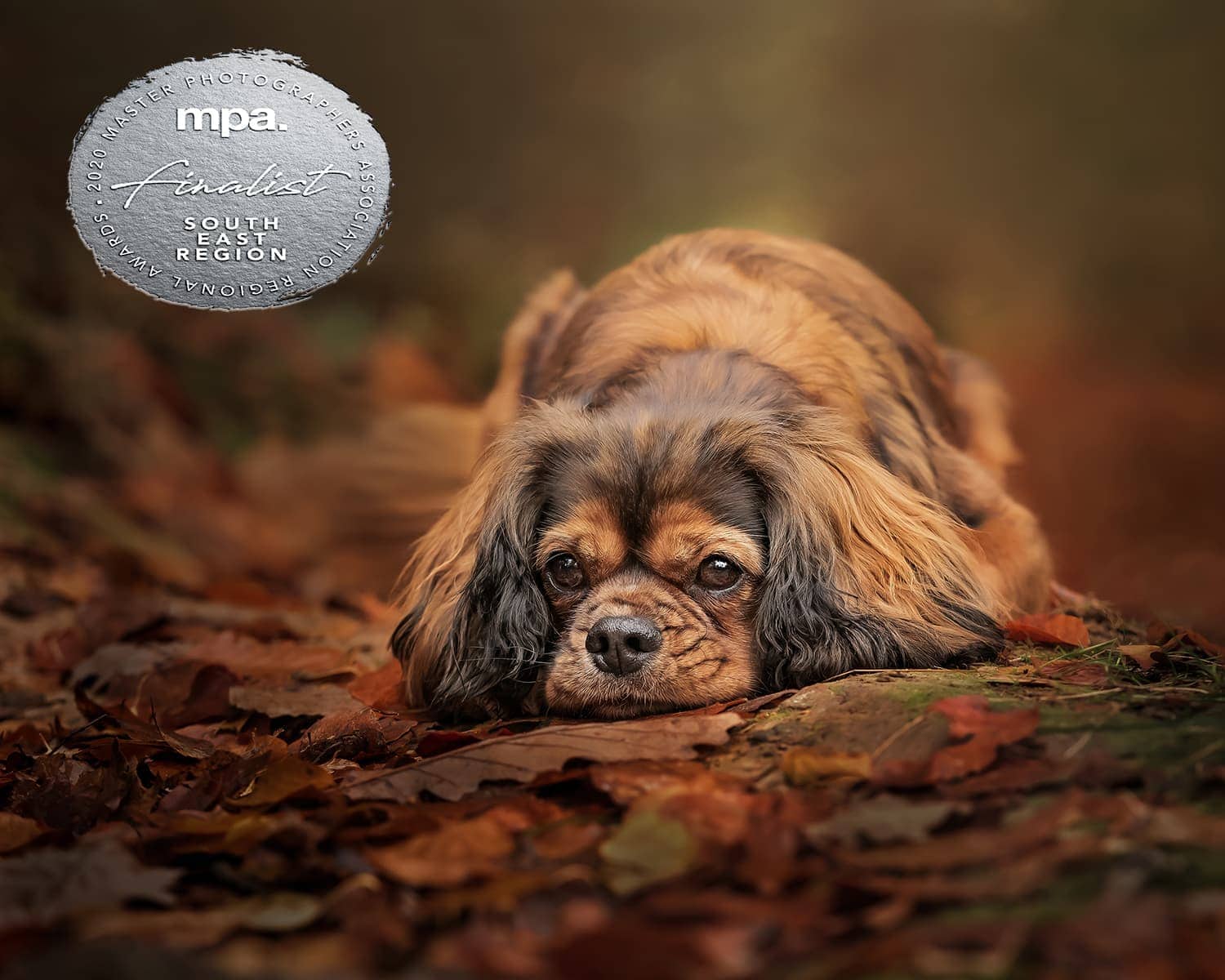
Do I need insurance for my dog?
Most dogs are purchased with insurance that lasts a month and then you will be bombarded with messages from the company (often the Kennel Club) persuading you to continue with them. We have always got insurance for our dogs, not only for possible operations but also in case they caused an accident for example when we were out and about. As with most insurance – shop around and don’t be afraid of changing to another company – don’t forget though – I would advise a little overlap in the policies as there can be a 14 day exclusion time for any claims at the beginning.
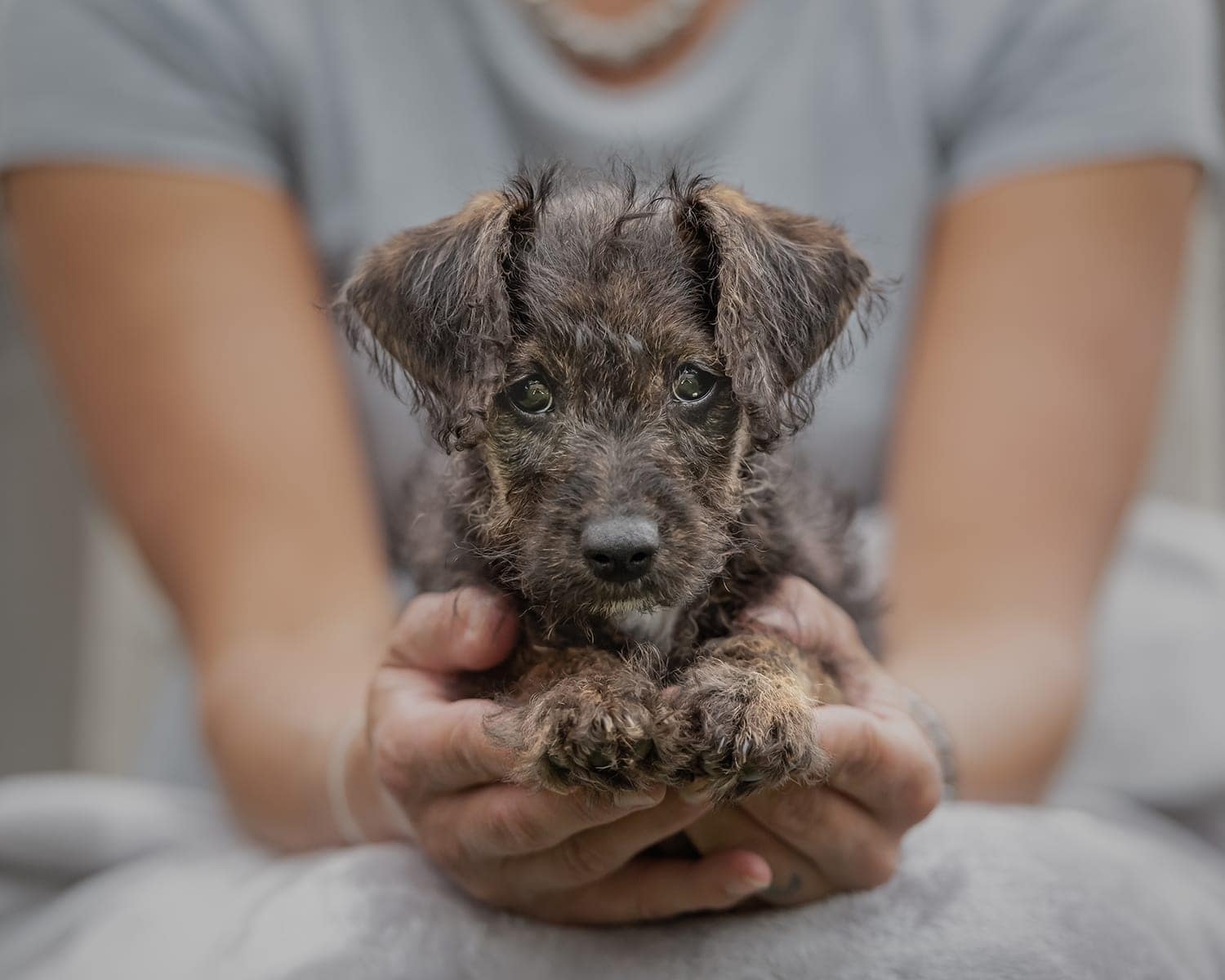
Toilet training
This deserves a whole blog of its own but for now be prepared for lots of accidents so clean up materials are essential. We found SAFE4 to be amazing. It is used in kennels because it doesn’t cause any danger if it is walked over when it is still wet by your puppy. It is diluted in water and used as a spray. It can even be used on fabrics. It was our life saver as a puppy disinfectant.
Puppy pads are also useful to have at the backdoor as they absorb a bit better than newspaper and your dog may already be used to them from the breeder. Some people try first to get them used to going for a number one on the pad and then eventually move this outside.
Start by taking your puppy into the garden regularly, at least every half an hour and always after food. Take them out on the lead so they learn at the beginning that the garden is for toileting rather than playing!! Have a toilet command. We used “Quick-Quick” for number ones and “Hurry Up for number twos and these have stuck with us ever since.
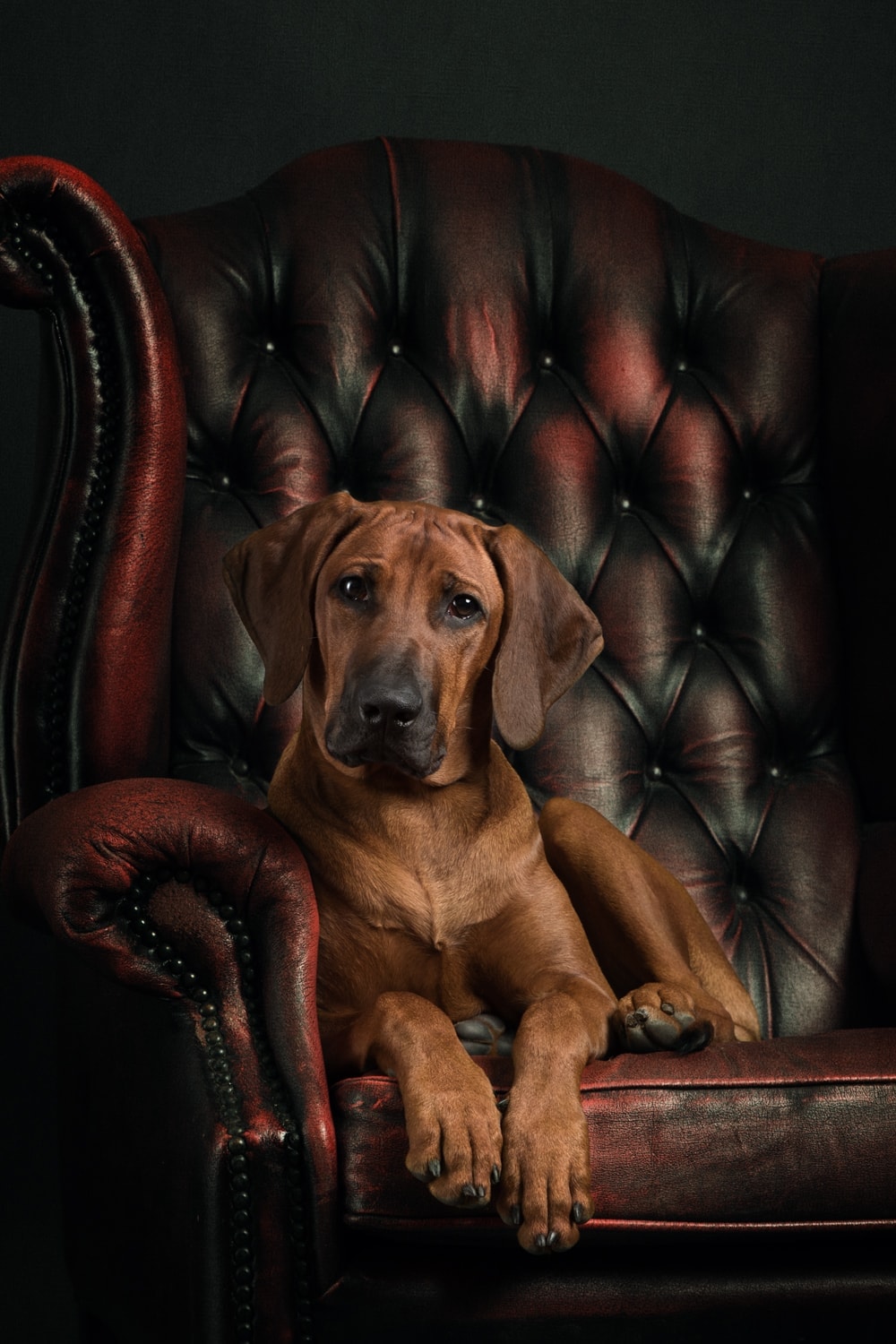
Don’f forget to invest in a pet photographer !
Being a specialist multi award winning dog photographer I have created special puppy shoots. This time moves so fast – allow me to capture some beuatiful images of your new puppy. For more information on my Puppy Shoots.
If you’d like to book a session with me or simply have a chat do email me on nic@nicbissekerphotography.co.uk
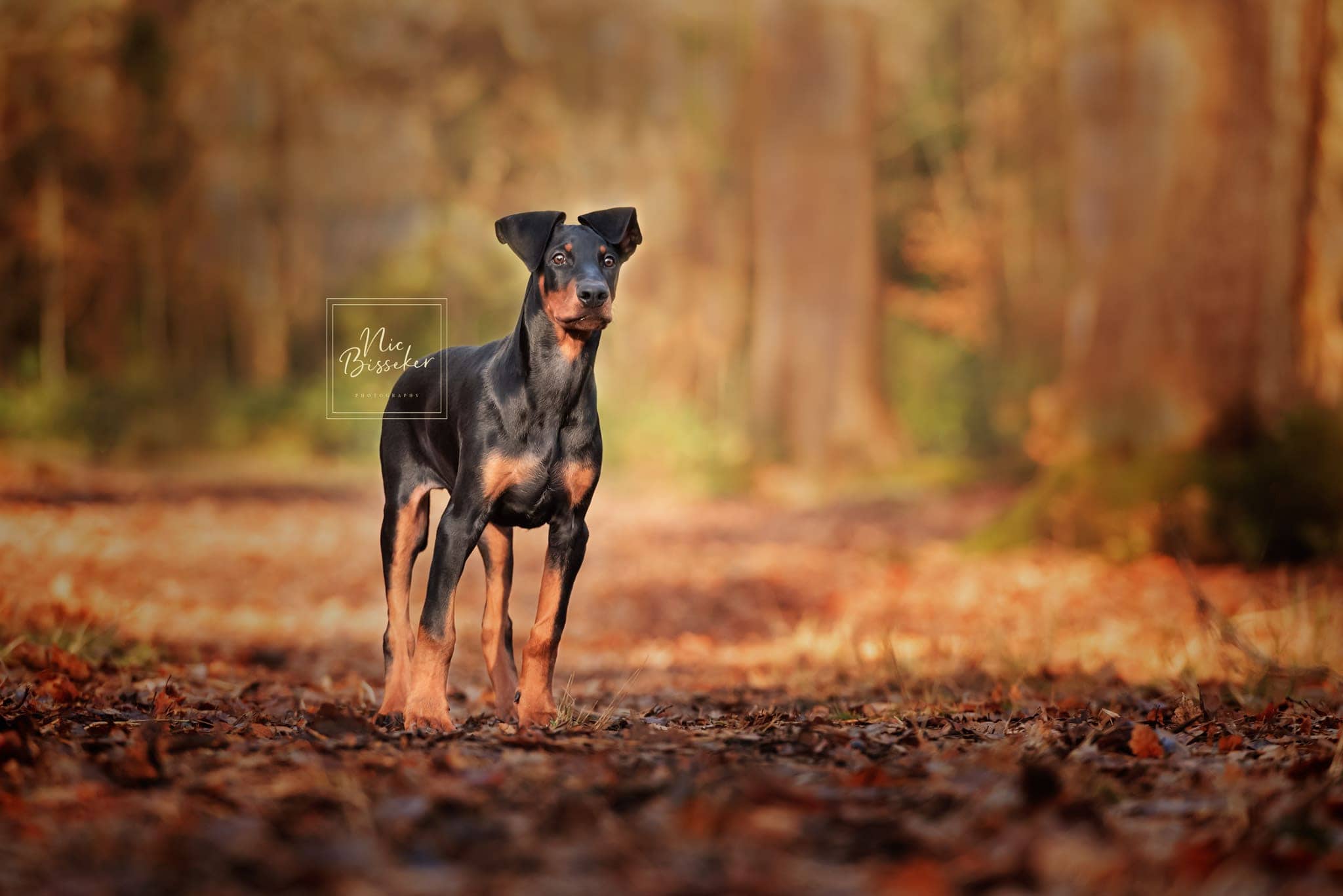
Nic is an award winning specialist East Grinstead dog photographer based in West Sussex but also covering Kent and Surrey. She has had many hours of training and experience photographing your furry friends. She believes photographs of your dog are as important as those for your children. All too often we don’t think about creating memories of our animals until it is too late.
Find out more about her dog photography.

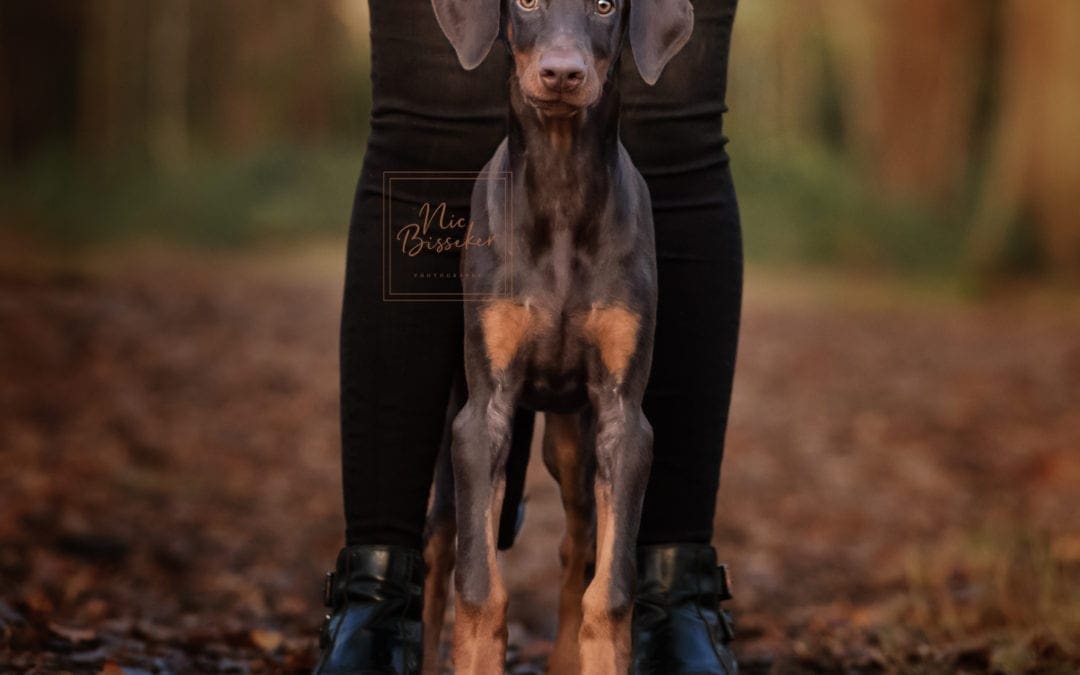
 Hi – I’m am an award winning East Grinstead photographer covering Surrey, Sussex and Kent. I strive to create photographs of the highest quality in a friendly, fun and relaxed environment and offer outdoor photoshoots and studio portrait photoshoots tailored to your family.
Hi – I’m am an award winning East Grinstead photographer covering Surrey, Sussex and Kent. I strive to create photographs of the highest quality in a friendly, fun and relaxed environment and offer outdoor photoshoots and studio portrait photoshoots tailored to your family.